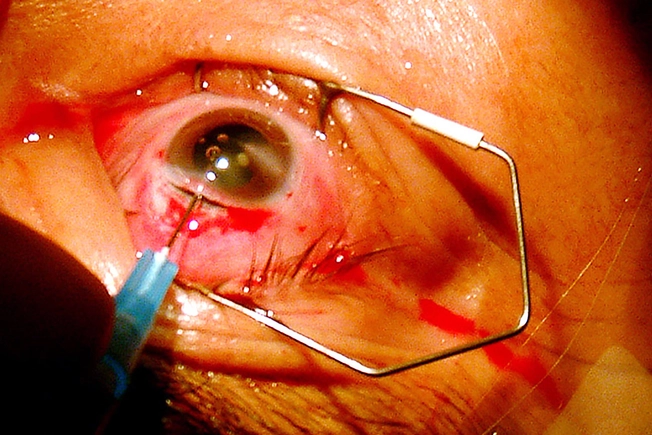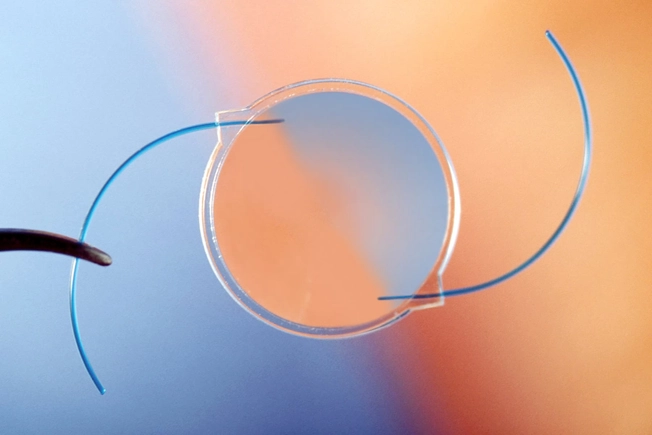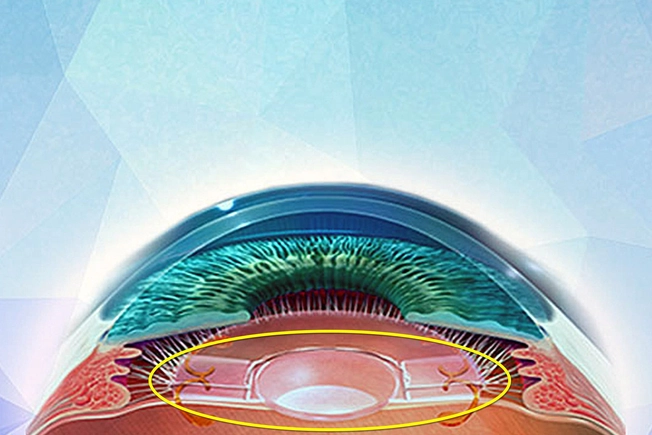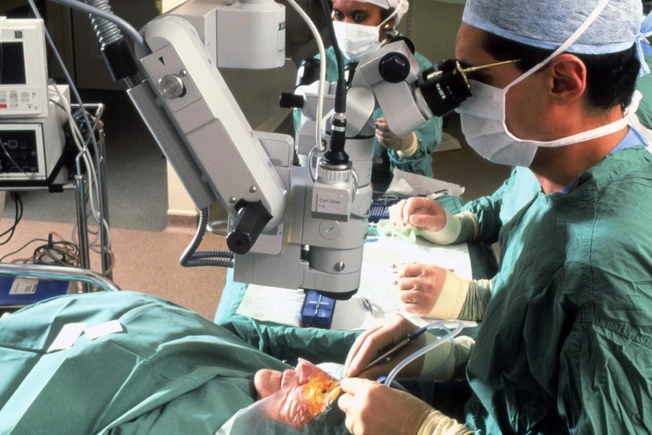What to Expect With Cataract Surgery


What Is a Cataract?
It’s a cloudy area in the lens of your eye. It can make your vision dim, blurry, or cloudy, and colors might look faded. A cataract also might make you more sensitive to light, or you might have trouble seeing at night. They typically begin to form around age 40 as proteins in the lens start to break down. Most people don’t notice any vision changes until after age 60, but sometimes they can grow faster and cause issues earlier.

When Do You Need Surgery?
In most cases, the main question is whether the condition affects your day-to-day life. Can you work and drive safely? Do you have problems reading, using your phone, or watching TV? If the answer to these is yes, your doctor probably will recommend cataract surgery to correct it. If you need it in both eyes, you’ll typically wait for the first operation to heal before having the second.

Type of Surgery: Small Incision (Phacoemulsification)
During cataract surgery, a surgeon removes the lens of your eye and puts in an artificial one. There are two ways to do that. With phacoemulsification (or "phaco"), the surgeon cuts a small opening in the clear covering over your eye (the cornea), and a tool sends sound waves that break up the clouded lens into smaller pieces. A tiny vacuum then sucks up the pieces, and the new lens goes in. The cut is so small that it usually heals without stitches.

Type of Surgery: Extracapsular
With this, your surgeon makes a slightly larger cut to try to remove the lens in one piece. This type is typically used when the cataract is very cloudy because that can make it harder to break up with phacoemulsification. But your surgeon may still use phaco to get rid of any remaining bits of the lens.

Laser-Assisted Surgery
Your doctor may use a laser instead of a scalpel (small knife) to do your surgery. Your doctor can use it to fix certain vision problems (such as astigmatism) making it more likely for you to be less dependent on glasses after surgery. In addition to making cuts in the cornea, the laser also can help soften the cataract so it's easier to take out. Your surgeon can use it to fix certain vision problems, too. One thing to keep in mind: Insurance policies don't cover the "upgrade" to laser-assisted cataract surgery, so it typically costs much more than traditional surgery.

Type of Lens: Fixed-Focus Monofocal
Doctors can use several kinds of replacement lenses. Most people need lenses for distance in both eyes and use reading glasses to see up close. These Monofocal lens are the ones covered by most insurance companies. Your doctor may consider implanting a Monofocal lens focused for distance in one eye while a Monofocal lens focused for reading goes in the other eye. This is best reserved for people who have done this previously with contact lenses and liked it.

Type of Lens: Accommodating-Focus Monofocal
Scientists designed this newer monofocal lens to work more like the one you were born with. Tiny eye muscles change the shape of the “accommodating lens” so it can focus at different distances. With it, you should see well at middle and far distances, but you might have trouble up close. Special eye exercises can help, but you're likely to need reading glasses after surgery.

Type: Multifocal
This lens splits light into a distance image and a near image that you see at the same time. The upside is that you shouldn't need glasses afterward. But it can cause glare or a halo effect, which can sometimes make it harder to see, especially at night.

Type: Toric
If you have astigmatism, your vision is blurred because your cornea is shaped less like a basketball (as it should be) and more like a football. That affects the way light focuses inside your eye. Scientists designed the toric lens to compensate for the football shape of the astigmatism eye and provide clearer vision, even without glasses.

Before Surgery
Your eye surgeon (ophthalmologist) will measure the size and shape of your eye and the curve of your cornea to set the right focusing power for your new lens. They'll also ask about any medicines you take, because you might need to stop taking ones that could affect your surgery or recovery. And they'll probably prescribe antibiotic or steroid eye drops to use before and after the procedure to prevent infections and swelling.

During Surgery
Your medical team will wash the area around your eye and dilate (widen) your pupil with drops. They'll give you medicine to make you sleepy and more to numb your eye. The surgery is typically painless and lasts less than an hour. You may see some light or movement, but you won’t see what’s happening to your eye. The team will watch you for about 30 minutes afterward to make sure you're OK, then you’ll need someone to drive you home.

After Surgery
Your doctor will likely give you a protective eye cover to wear at night and eye drops to use for a few weeks to help you heal. They'll also give you instructions for what you what you should or shouldn't do over the next week or so, and you'll schedule a follow-up visit to check your progress. Your vision may be a little blurry, but it should get better within a few days, and your eye should be completely healed within 8 weeks.

When to Call Your Doctor
Your eye might be a bit sensitive, feel a little scratchy and teary for a few days after surgery, and that's normal. It also may be more sensitive to light, or you might see a red or pink hue over everything. Serious problems aren't common, but call your doctor right away if you have any of these:
- Loss of vision
- Pain that doesn't get better with over-the-counter pain relievers
- Your eye is very red
- You see flashes of light or floaters
IMAGES PROVIDED BY:
1) Dr P. Marazzi / Science Source
2) DGLimages / Getty Images
3) BSIP / Science Source
4) Stephen Wilks MD – Atlanta GA
5) Phanie / BURGER / Medical Images
6) Pascal Goetgheluck / Science Source
7) OIS
8) Chris Barry / Medical Images
9) Frank C. Müller / Wikimedia Commons
10) Huntstock / Science Source
11) Geoff Tompkinson / Science Source
12) PongMoji / Getty Images
13) Milkos / Getty Images
SOURCES:
American Academy of Ophthalmology: “What Are Cataracts?” “Cataract Surgery,” "Is it normal that everything looks pink after cataract surgery?" "Bye, Cataracts. Hello, Intraocular Lenses: How to Decide What Type of IOL Is Best for You."
American Optometric Association: “Astigmatism,” “Cataract Surgery.”
Harvard Health Publishing: “Considering cataract surgery? What you should know.”
Mayo Clinic: “Cataract surgery.”
National Eye Institute: “Facts About Cataract.”
Prevent Blindness America: "Guide to Cataract Surgery."
Taiwan Journal of Ophthalmology: "Multifocal intraocular lenses: Types, outcomes, complications and how to solve them."
VisionAware: “How Is Cataract Surgery Performed?”
Wills Eye Hospital: “Types of Cataract Surgery.”